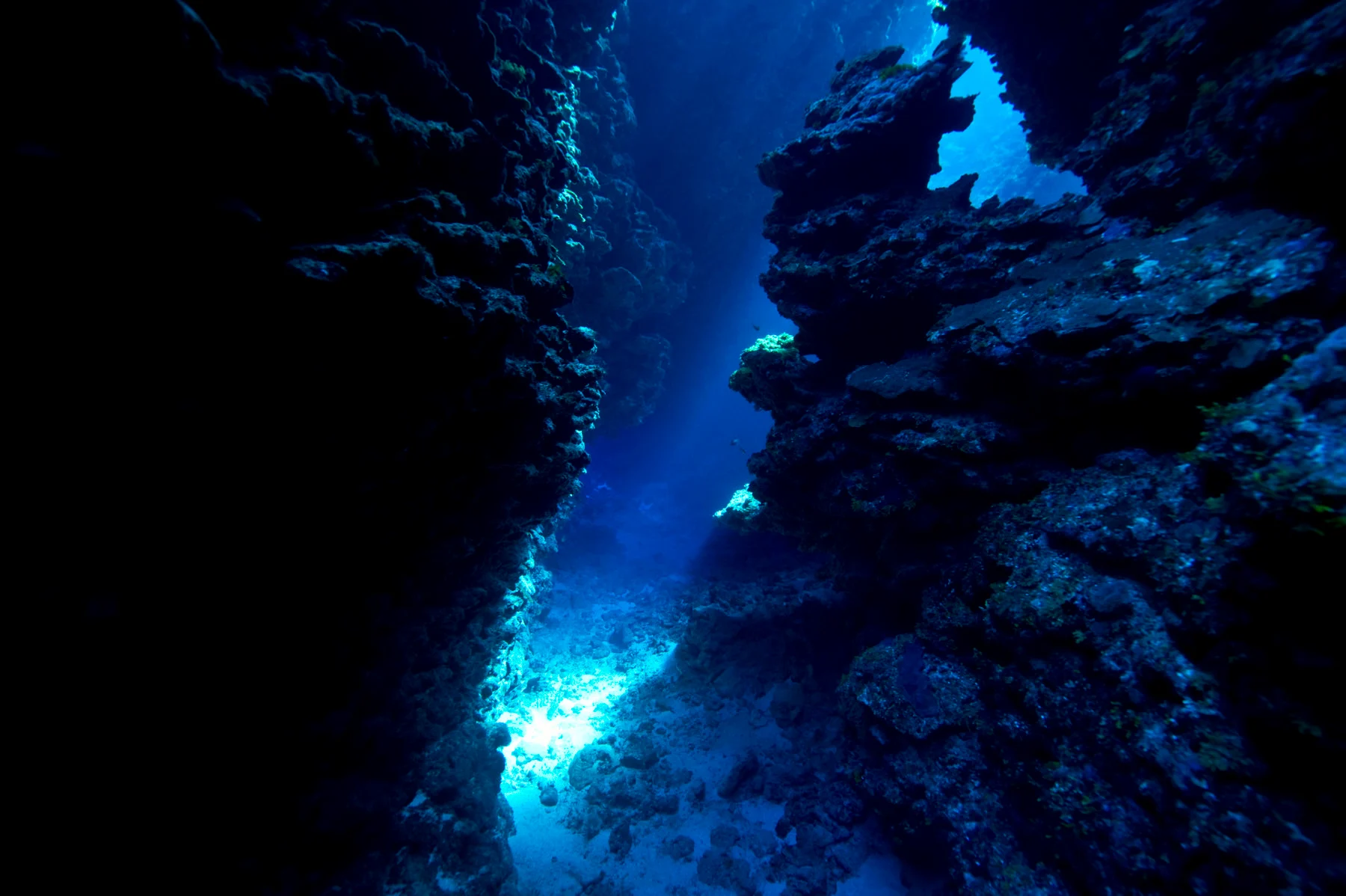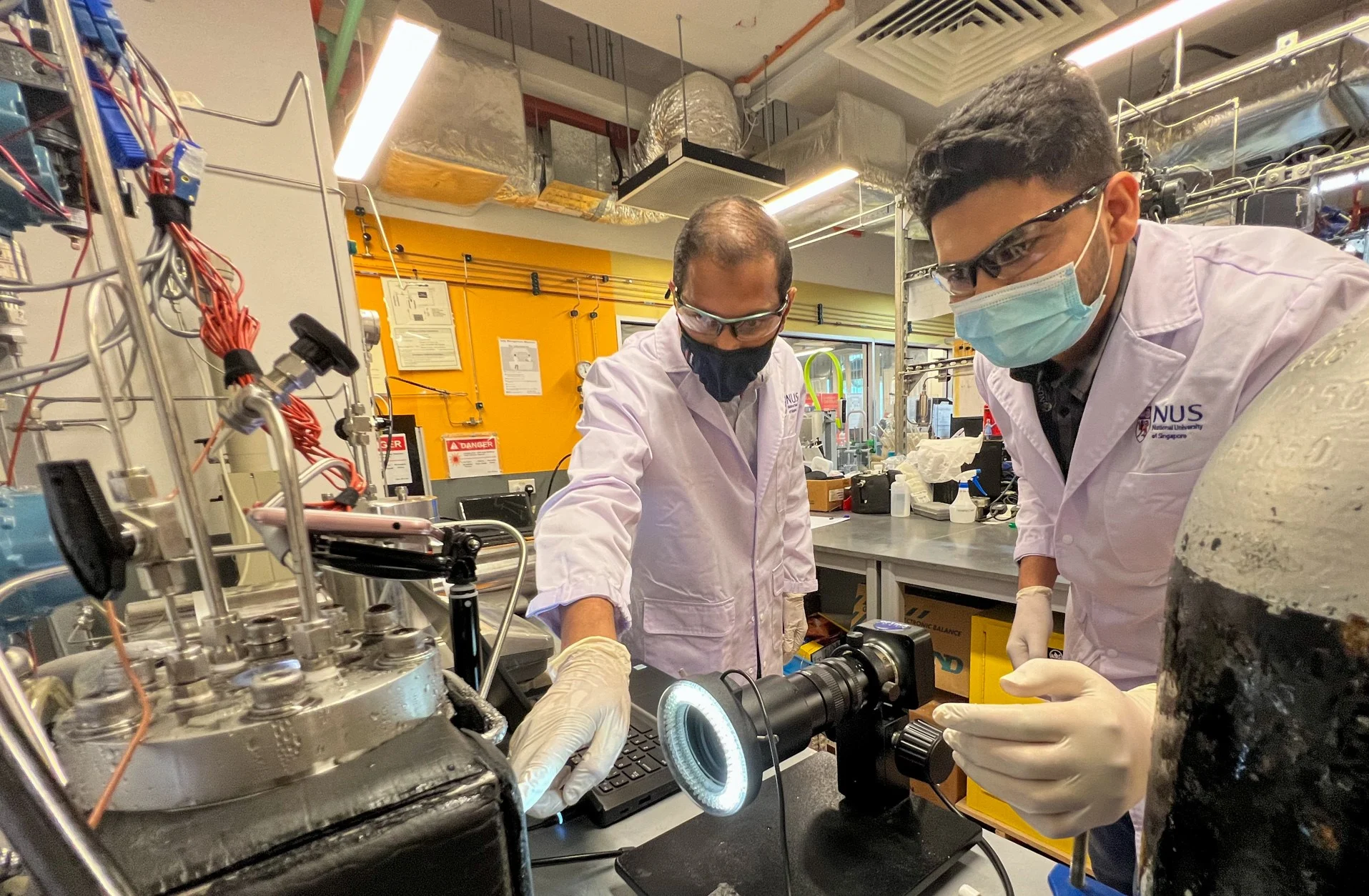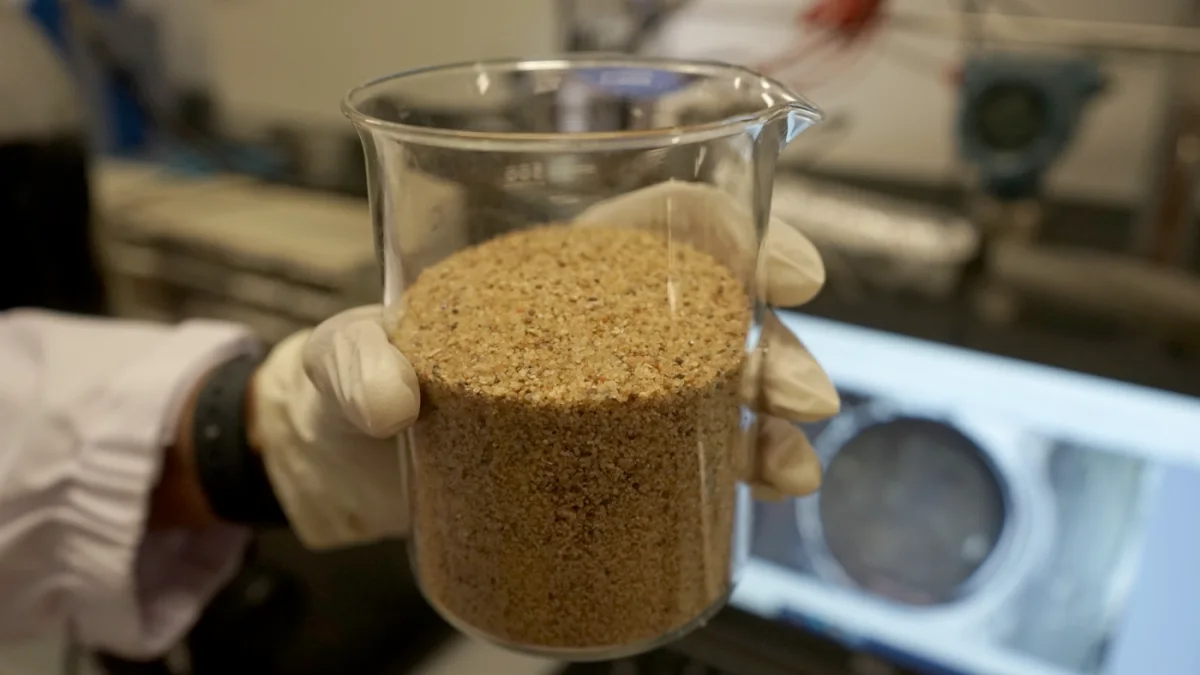
Storing carbon under the seafloor could be possible, study explores how
Scientists hope that they can one day create carbon dioxide hydrates that can be stored beneath the ocean for thousands of years.
Once carbon dioxide is emitted into the atmosphere it lingers there for about 300 to 1,000 years. While nations aim to slash and eventually halt their greenhouse gas emissions, scientists are racing to find ways to capture the carbon we’ve already emitted and store it safely out of sight.
Scientists from the National University of Singapore (NUS) are experimenting with storing carbon in the form of hydrates underneath ocean floor sediments. The researcher’s study, published in Chemical Engineering Journal, states that one of the key considerations for this technology is that it must be “reliable, durable, and without environmental concerns.”

Professor Praveen Linga (left) and his team demonstrated the first-ever experimental evidence of the stability of carbon dioxide hydrates in oceanic sediments. (National University of Singapore)
To test the feasibility of this ambition, a laboratory reactor was used to create the hydrates, which are water molecules that act as a trap for carbon dioxide and are kept in place in the seafloor by the immense weight of the ocean water above it.
During the experimental trials in the lab, the simulated ocean conditions took place in a pressurized vessel that was lined with artificial silica to mimic ocean sediments. Temperatures ranged between 2°C to 6°C and pressures were 100 times higher than what is experienced at sea level.

A silica sand bed is used to imitate ocean sediments. (National University of Singapore)
Due to the low temperatures and high pressures at the bottom of the sea, the hydrates are compared to an “ice-like substance” and just one cubic metre of hydrates can store up to 184 cubic metres of carbon dioxide — an impressive amount that the scientists were pleased to see.
The hydrates were found to remain stable in oceanic sediments for up to 30 days before breaking apart. In the future, the team hopes to enhance their process and increase the hydrates’ stability for much longer periods of time.

The NUS team showed that carbon dioxide hydrates can remain stable in oceanic sediments for a period of up to 30 days. (National University of Singapore)
The study’s press release states that this technology could one day be developed into a commercial-scale process that nations could use to capture two million tons of carbon dioxide annually as part of their strategy to reach emission reduction targets.
“In order to achieve carbon-neutrality targets, we have to look at new options that provide scale and speed to sequester carbon dioxide. Deep-ocean sequestration in sediments as carbon dioxide hydrates is a promising solution,” Professor Praveen Linga, lead researcher of the study, stated in the press release.
In the future, the research team intends on increasing the scale of their lab experiments and has a target of demonstrating hydrates that can be stable for six months during the duration of their storage. Beyond that, “the team hopes to develop and validate models that can predict the stability of carbon dioxide hydrates thousands of years into the future,” states the press release.
Thumbnail credit: Jason Edwards/ The Image Bank/ Getty Images












